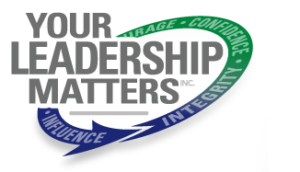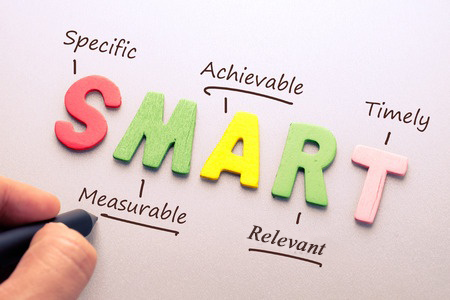Managing Employee Performance – Setting Expectations

This blog is the third in the series focusing on the topic of “Managing Employee Performance” that encompasses the interactions and activities that take place between an employer and an employee. The interactions result in the achievement of goals and expectations. The first two blogs emphasized the need for organizations to choose the most appropriate focus for performance management: the development of a relationship and work environment that enables the employee to achieve success. Many organizations struggle with performance management because the primary emphasis is on other purposes such as tracking performance on forms or establishing compensation. While these can be important benefits of managing performance, the most important objective is employee success. Performance management is not an event, it is an ongoing process.
4 Requirements for Being a Great Manager
Research by the Gallup Organization presented in the book “First Break All the Rules: What the World’s Greatest Managers Do Differently”, identified four core activities that are a necessary part of being a great manager:
- Select a person
- Set expectations
- Motivate the person
- Develop the person
Hiring the Right People
If we assume an employer has hired the right employee with the appropriate set of competencies, the next step is to set expectations. Fixing a hiring mistake should not be the primary focus of performance management. When we start with the assumption that we hired the right person, the process of setting expectations will concentrate on helping the employee succeed by meeting the employer’s expectations, while partnering with the employee to enable them to achieve their won goals. This blog will outline the important elements in developing a solid set of employee expectations.
Job Descriptions for Employee Tasks
Outlining employee expectations involves identifying the tasks that need to be completed in order to achieve the goals and objectives of the organization. These tasks and accountabilities are most often captured in a job description and should ideally answer the following questions:
- What is expected and why it is important – an outline of duties and tasks
- How to meet the expectations – key behaviours
- Results/outcomes – how success is measured
When establishing job descriptions, organizations often make the mistake of placing too much emphasis on activities and not placing enough emphasis on results/outcomes or boundaries of control. For example, cashiers in a retail store might be given the following duties and tasks as a list of job expectations:
- Quality customer service
- Processing customer orders through the point-of-sale cash system
- Providing refunds
These bullet points provide a good start however, they lack the level of detail and clarity required to help an employee really achieve success. For example, there is no indication of what decision-making authority the employee has with respect to providing refunds. If the employee encounters a situation where customer wants a refund without a receipt for an amount that is less than $10, the employee should be given some guidance as to whether they can make that decision on their own or if they need approval from a supervisor or manager.
This is an important question as it defines the quality of service that the customer will experience. If the employee has to go get approval and delays the customer, this could be viewed as a negative experience. It would not be in line with the expectations of the first bullet point – providing quality customer service. Organizations need to be diligent in providing not only the duties and tasks of the job. They need to include other expectations such as decision-making authority and expected outcomes.
Maintain Your Expectations
It is also important to ensure that there is alignment of expectations at three key points of interaction with employees. The expectations that are outlined in a job posting that was used during the hiring process should be exactly the same as the expectations used during the on-boarding and orientation. They should be exactly the same as the expectations used during ongoing performance discussions and annual performance review meetings. Although this sounds like common sense, there is often a substantial disconnect between these three processes. This can result in significant misunderstanding with respect to what the employee thinks that the employer expects from them. This ambiguity with respect expectations does not help the employee succeed by meeting the employer’s expectations.
The next blog will continue the dialogue on building clear expectations by addressing the issues of how organization’s goal setting processes intersect with their permanent job descriptions and how they are used to help an employee succeed as part of an effective program for managing employee performance.
As always, I welcome your feedback. You can connect with me via email or telephone or leave a comment right here on the site.
Until next time,
Dave
David Town, CHRL, ACC is a facilitator and coach of leadership and management principles that enable individuals and organizations to build greater leadership competency, resulting in higher performance and higher employee engagement. David has a particular focus on effectively managing conversations involving confrontation or conflict. As well, he provides insights and assessment strategies for integrating character competencies into leadership skills resulting in increased trust and reduced risk for leaders. David is a member of the International Coaching Federation and is President of Your Leadership Matters Inc.
References: First Break All the Rules: Marcus Buckingham, Curt Coffman, Simon & Schuster 1999 Page 59.






Leave a Reply
Want to join the discussion?Feel free to contribute!